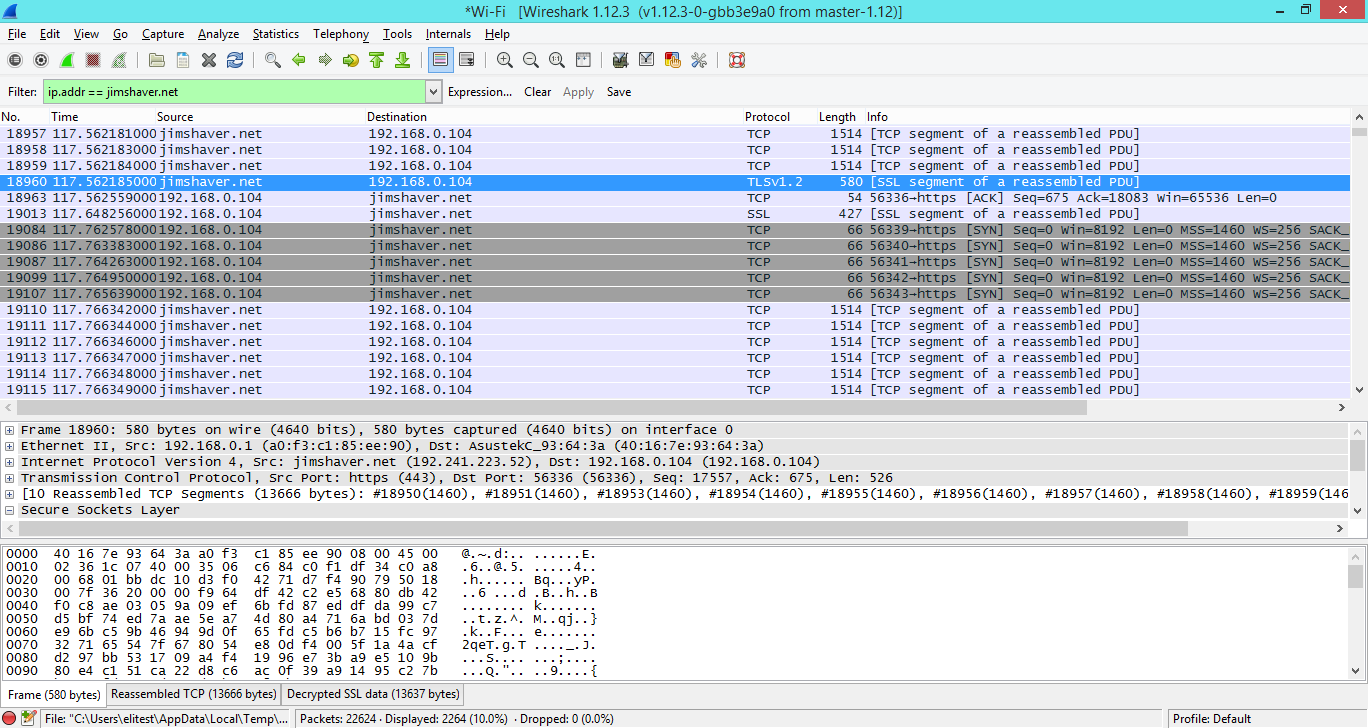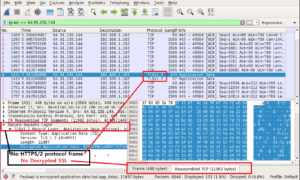

Otherwise, you won't be able to decrypt the capture.

In the capture below, we had a call from phone terminal (A) 192.168.1.225 through the VoipNow server (B) at 10.150.20.27 and towards another phone terminal (C) on UDP at 192.168.3.152. As you can see, the part between A and B is missing because it's using TLS, whereas the communication between B and C occurs on UDP and is visible. When you open the capture, you'll see that the TLS part of the call is not even recognized by Wireshark as SIP.

In addition, there will be a Decrypted TLS tab at the bottom of the packet bytes view.Tcpdump -nni any -s 0 port 5050 or port 5060 or port 5061 -w /usr/local/voipnow/admin/htdocs/tls.pcap You will now notice packets containing the protocol under the TLS layer.For (Pre)-Master-Secret log filename, click Browse then select the log file you created for step (3).If you are using a previous version of Wireshark, navigate to SSL If you are using Wireshark 2.9+, navigate to the TLS protocol.



 0 kommentar(er)
0 kommentar(er)
